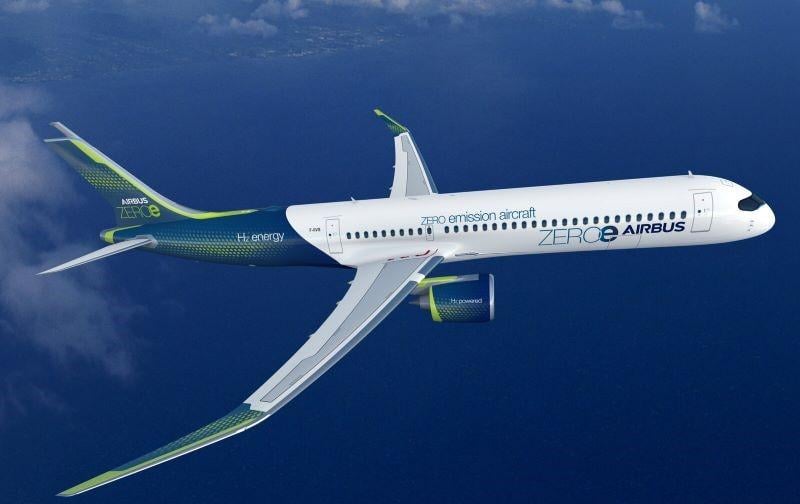
ICCT recommends developing zero-emission aircraft, especially hydrogen-powered, by 2035.
Credit: Airbus
All commercial aircraft delivered after 2035 will need to have net-zero carbon emissions throughout their lifetime if the aviation industry is to meet its target of being net-zero by 2050, says a new report by the nonprofit International Council for Clean Transportation (ICCT). That will entail...
Study: Aircraft Delivery Projections Inconsistent With Net-Zero 2050 is available to both Aviation Week & Space Technology and AWIN subscribers.
Subscribe now to read this content, plus receive critical analysis into emerging trends, technological advancements, operational best practices and continuous updates to policy, requirements and budgets.
Already a subscriber to AW&ST or AWIN? Log in with your existing email and password.
